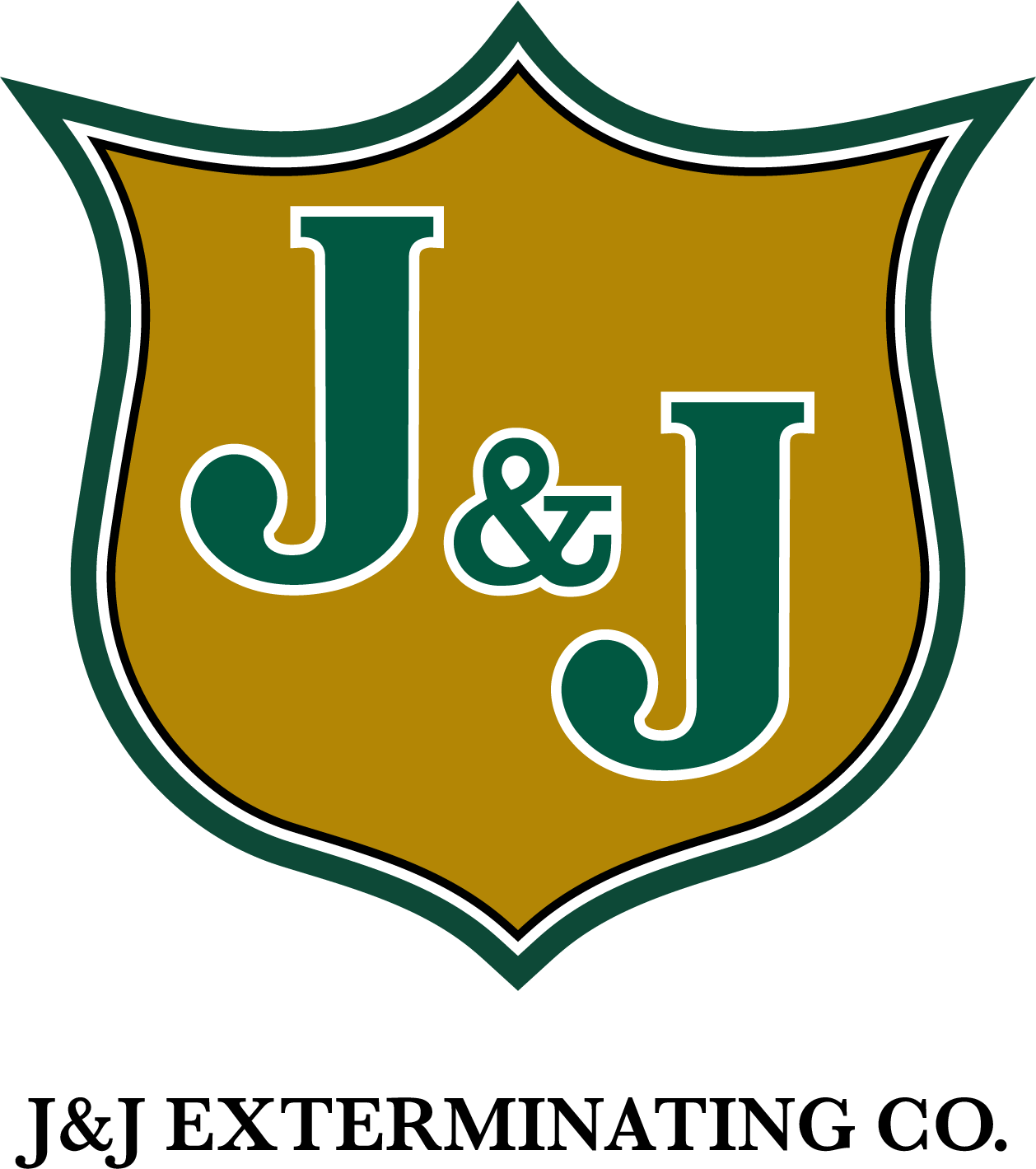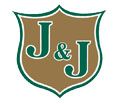Since Formosan subterranean termites are invasive in the US, and do not belong to North America’s native Reticulitermes genus of subterranean termites, it should not be surprising to learn that this destructive species has some unique nest-building habits. Like all subterranean termites, Formosan subterranean termites dwell beneath the ground where foraging workers establish infestations in structural wood. Unlike native subterranean termites, Formosans are capable of building permanent above ground nests. These nests are known as “aerial nests,” and they can sometimes be found on the roofs of homes and even atop high-rise buildings. In most cases, Formosans establish aerial nests in wall voids and beneath floorboards on the top floors of homes. Aerial nests are often located beneath bathroom, kitchen or attic floors where stray water provides the nesting termites with the moisture they need to survive when not in contact with moist ground soil. The Formosan subterranean termite’s habit of constructing aerial nests makes professional inspections lengthy and complicated in areas where this termite is invasive.
In one case, a pest control professional discovered tiny blowout holes in the corner of a customer’s living room ceiling and small amounts of dirt on the floor below. The pest control professional followed evidence that led to vinyl siding on the home’s exterior. After removing the siding and metal flashing, the full extent of the infestation was clear to see. Unfortunately, the protective silicone and flashing had deteriorated, allowing rainwater to seep behind the exterior wall. Since subterranean termites require copious amounts of moisture in order to thrive, the rainwater seepage allowed the termite infestation to advance rapidly. It was clear that the infestation had been initiated on the exterior wall, and from there, the termites burrowed into the wall void and into the living room ceiling.
This infestation was obviously initiated by swarming alates rather than ground-dwelling workers.
Formosan alates rarely establish aerial infestations due to their need for moisture, which is readily available in soil. However, in this particular case, the water seepage had already caused structural wood behind the damaged siding to become damp enough to support a growing Formosan colony. After removing the carton nest and damaged wood, the pest control professional drilled small holes into the exterior wall in order to inject insecticide foam into the internal wall and ceiling void where the nest was located. He also drilled holes in the brick veneer to inject liquid termiticide into the masonry voids. The drilling and termiticide injection process was also performed on the home’s surrounding concrete slab and pavement driveway in order to create a chemical termite barrier. Lastly, a trench was dug around the home’s perimeter to apply an additional termiticide barrier for good measure.
Have you ever found signs of Formosan termite damage on your property?
Tags: Termite Control, Termite Inspection



